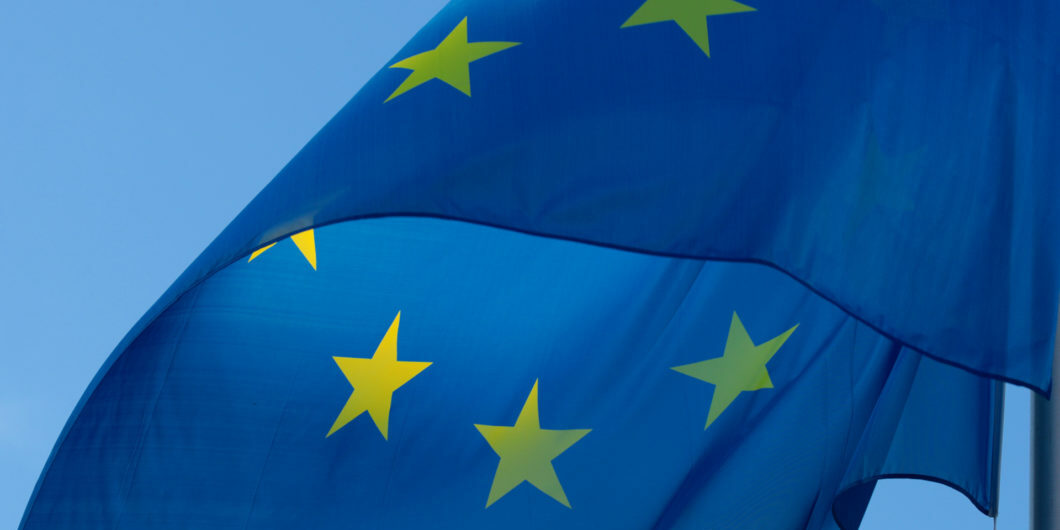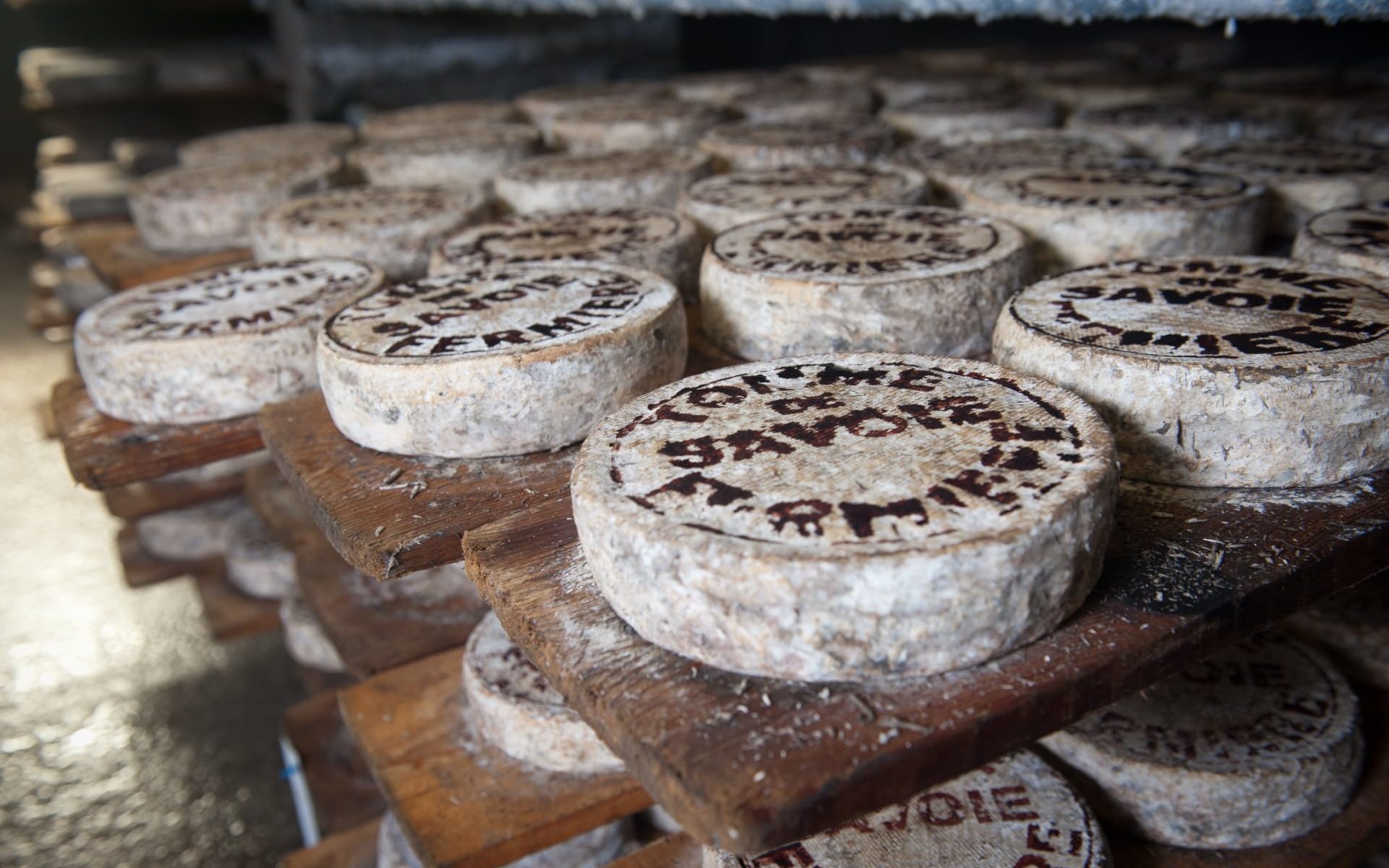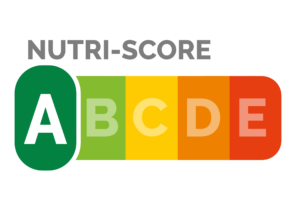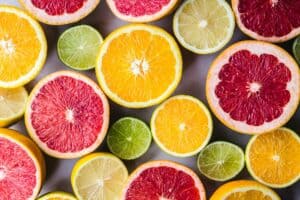Business development • New regulations come every so often. On April 1, 2020, it’s time again. Then the EU regulation on primary ingredient comes into force. The goal is to prevent misleading messages about origin. But will consumers be wiser by the new regulation or is it just bureaucratic acrobatics?
On April 1, new rules will apply to origin labelling. The EU has decided when and how the origin of the primary ingredient in food should be indicated. But what is a primary ingredient? What is meant by origin? And are the new rules meaningful?
What is it all about?
To understand how the EU’s new rules on origin labelling of primary ingredient fit into the bigger picture, I contact Ulrika Ehrhardt at the Swedish trade association Livsmedelsföretagen. She is an expert on food and legislation.
Ulrika Ehrhardt says that in 2011 the EU decided how information on food should be provided to consumers. This is described in Regulation (EU) 1169/2011regulation, which is often called the regulation of information.
At the same time, it was decided that rules should be drawn upon how food should be labelled when the primary ingredient in the food has other origins than the food itself. These rules became clear in May 2018. They are described in Regulation (EU) 2018/775regulation which is described as an implementing regulation.
When the Implementing Ordinance was clubbed, it was decided that food companies will be allowed to arrange their labelling until the last March 2020. As of the first of April, it must be clearly stated on the packaging whether the primary ingredient is of a different origin from that specified for the product as a whole. This information can be provided in different ways, either by talking about the origin of the primary ingredient or by stating that it is of a different origin from the product in general, says Ulrika Ehrhardt.
Ulrika Ehrhardt emphasizes that their members are welcome to contact Livsmedelsföretagen for personalized service and guidance. This is something we recommend as many cases are unique and interpretations remain to be done.
Some concepts
Before we continue, we must work out some concepts.
Ingredient:
An ingredient can be a substance or a product, but also aromas, additives and food enzymes are counted as ingredients.
Primary ingredient:
The primary ingredient can be one or more ingredients that make up more than 50 percent of the food. Now the attentive reader might note that only one ingredient can be the primary ingredient. However, according to the EU, the definition of the primary ingredient also may apply to foods with several ‘equivalent’ ingredients. Equal in the sense that it is not given from the consumer’s perspective which of the ingredients is the primary. An example is butter cookies where either flour or butter can make up more than 50 percent of the content. Some consumers may associate butter cookies with butter and think it should be the primary ingredient. And for others, it is flour that applies. This is what the EU has taken on.
Country of origin:
A country of origin can be a country where the entire extraction and production of the ingredient takes place. But a country of origin can also be the last country where an ingredient is put together if the ingredients come from different countries.
Place of provenance:
If an ingredient is more associated with a geographical area than a country, you can specify a place instead of origin. It can be a city, a region, a sea, or a land area that includes several countries, such as the Alps.

Supply chain
In the food industry there are a number of different players, all of which play an important role in the supply chain. But it is the end producer, i.e the food producer, that sells to end consumers or large households that the new regulation is aimed at.
The new regulation places particular emphasis on end producers who work with primary ingredients and who also have a complex, or irregular supply chain.
The end manufacturers have the ultimate responsibility for declaring the goods correctly, but must at the same time take into account unpredictable events and external factors.
We can imagine a French cheese producer who gets the primary ingredient milk from France, but dairy farmers are on strike at the moment, which actually happens from time to time. They have to search elsewhere in foreign countries. Perhaps they will end up with milk from Switzerland, Belgium, and Germany. The cheese manufacturer must then spend time and money on marking each of these countries and keep track of which milk is associated with which country.
Or?
Food drink Europe
Now things become a bit peculiar. Food drink Europe is an industry organization that has published a guide with guidelines for how food producers should navigate the new regulation.
In the guide you can read about the options available when it comes to declaration and labels.
You are free to choose just how precise you want to be when it comes to the declaration of ingredients. The only common denominator is that the country of origin or place of origin must be understood by the ‘normally informed average consumer’.
EU and non-EU
We can choose a country and we can choose a place of origin. We already know that. But we can also choose ‘EU’, ‘non-EU’. And listen and be amazed – ‘EU and non-EU’.
If we look back at our example with the French cheesemaker, the new regulation does not have to mean as much hardship as we thought. If we have primary ingredients from Switzerland, Belgium and Germany, our French friends prefer to choose ‘EU and non-EU’ as the declaration.
Obviously, one objection would be those food producers who choose the easy route may be affected by credibility problems. It can become a prestigious norm in the industry to be as detailed as possible. But it remains to be seen. Currently, our French cheesemaker has solved the problem.
As long as you bring milk from all three countries in the same product, you can use the same labels all the time. As you know, Switzerland is not a member of the EU.
If you choose milk solely from Belgium and Germany, but sometimes from Switzerland, you have to keep track of and switch between different labels which can be both expensive and resource consuming.
But immediately, new questions arise. Doesn’t the regulation become a bit ineffective?
Another option
The whole point of the regulation is to create transparency for the consumer.
A cheese, or any other product for that matter, whose primary ingredient comes from the EU and outside the EU tells us almost nothing.
However, there is another option. You do not even need to mention the country of origin or place of provenance of the primary ingredient. It is sufficient to mention that the primary ingredient has a different origin or provenance than the food as a whole.
‘The primary ingredient milk does not come from France’, our cheese producer may choose to put it.
A balancing act
How should we interpret and understand the regulation? Why has it become so vague when the intention has been to strengthen consumer power?
The European Commission’s comments on the regulation suggested that the initial labelling of primary ingredient should be voluntary. At the same time, the pressure from consumer groups and sustainability movements have been great to bring about a change in the law and thus increased transparency.
The result is a classic legal gymnastics exercise. You get a change in the law which still means that you have to make a declaration of the goods. But at the same time, the nature of things does not change very significantly. At least not for the better.
For what benefit?
In the worst case, the result may be end producers alternating between different labels, depending on which supplier they are currently using. It can also affect the inventory management and production process as the raw materials must not be mixed.
All this costs money. And for what benefit? There is a great risk that vague and imprecise wording about origins makes the consumer confused rather than enlightened.
There are still many questions about the regulation that may be the subject of new articles later on. Something tells me that we will have reason to return!
Are products affected by Eureba or Navia?
How are products that contain Eureba or Navia affected by the new rules? I ask Suzanne Preddie-Atterby, Bayn’s expert in food law.
Suzanne Preddie-Atterby notes that the new rules only apply to producers of food intended for end consumers or large households (end producers). However, producers earlier in the chain are still affected because they must ensure that end-producers have enough information to be able to comply with the new rules.
In the case of Eureba – which replaces sugar one by one – it can be considered a primary ingredient only if the sugar it replaces constitutes at least half of the ingredients in the final product. With the exception of almond pulp and marzipan, it is not likely. Thus, in practice, the use of Eureba is not affected by the new rules.
As for Navia – which is a plant extract such as steviol glycosides – they are used in such small quantities (for example, 3 grams of steviol glycosides give the same sweetness as 1 kg sugar) that they are not affected by the new rules either.
You are of course welcome to contact us if you have any questions.
Please, share this article if you liked it.
[et_social_share]






